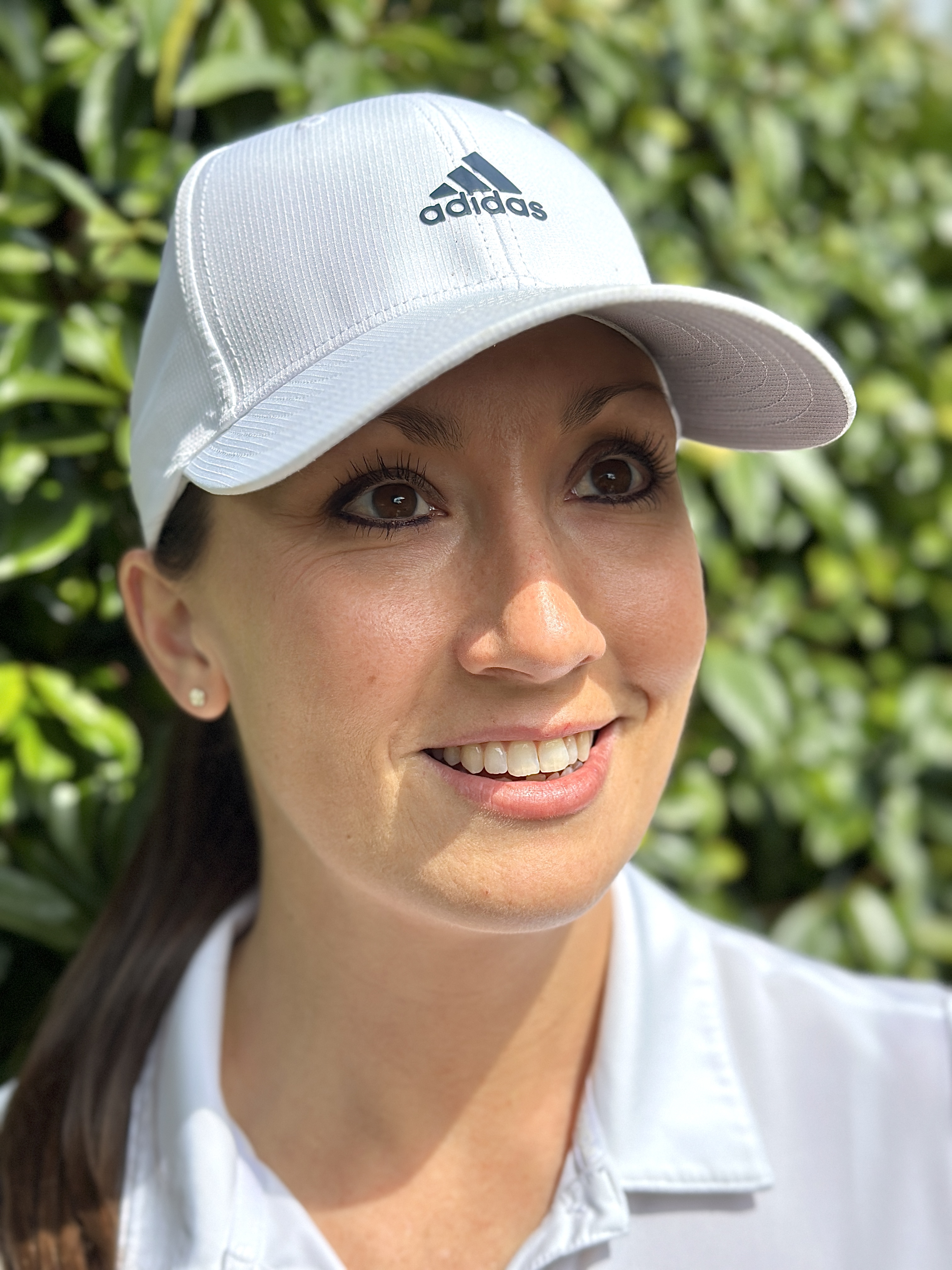I Was A High Handicapper – These 5 Practice Tips Slashed My Scores
Jess Ratcliffe went from a 34 to a 9 handicap in just one year. Discover her top 5 practice tips for high handicappers
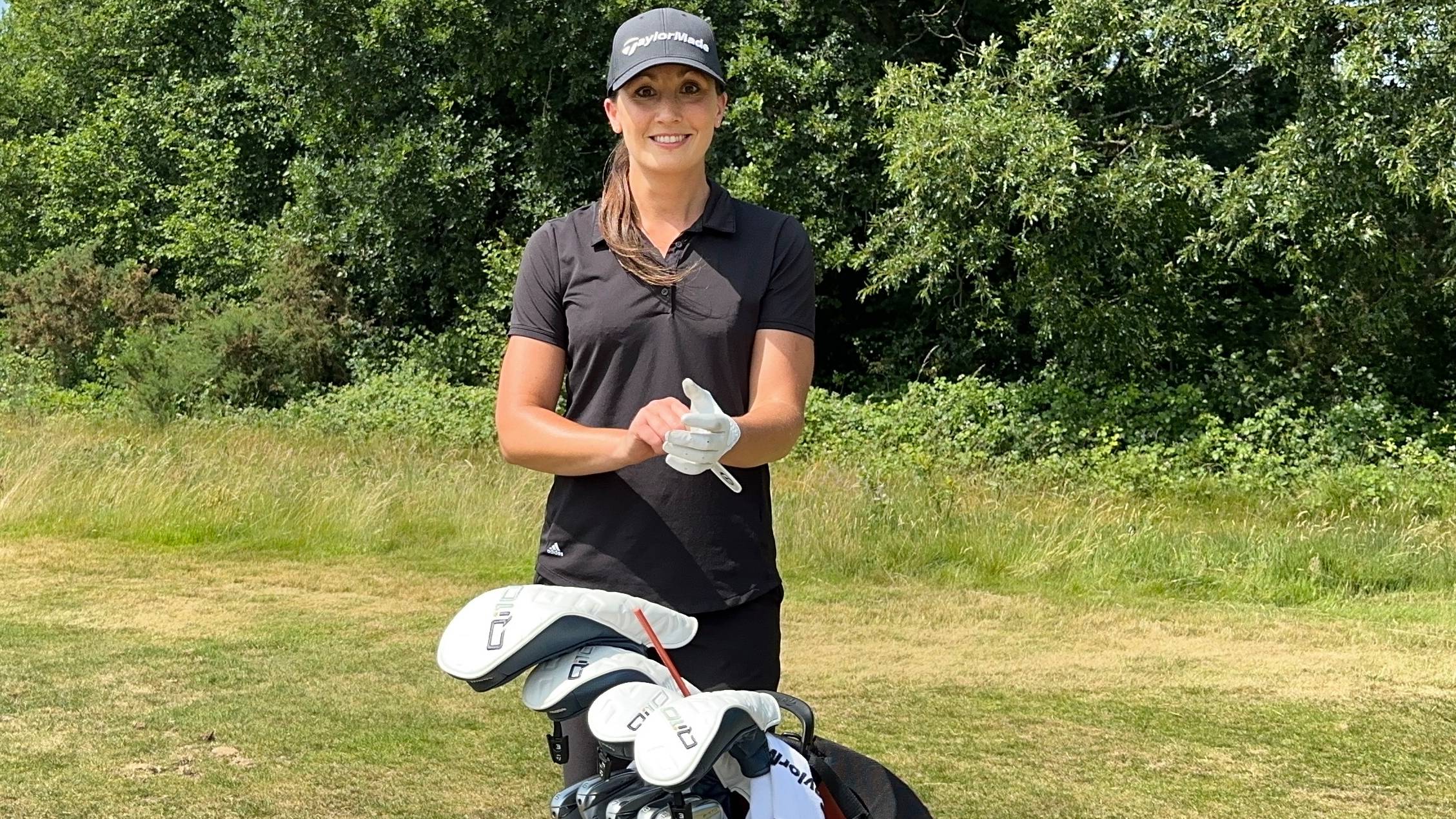

When I look back on my route from high handicap to single figure golfer, how I approached my practice played a huge role and still does on my quest of continuous improvement.
I’ve always looked for the “low hanging fruit” in my game – those consistent misses that cost me. And then focused my practice on the area that cost me the most. Trusting that by doing that, I’ll be able to shave a few shots off my score the next time I play.
And even though my handicap has changed, that approach to my practice hasn’t. Here are 5 tips to help you make the most of the time you’re putting in, so you can see that effort come to life in your scores.
Prioritise The Shots That Cost You
Whether it’s those pesky 3-putts, greenside bunkers or tee shots that leave you scrambling, identifying the area of your game that’s costing you the most shots gives you valuable data.
It removes the guesswork and overwhelm of trying to work on everything at once. Instead, it gives you clarity. Tracking those patterns in your play gives you a plan for your practice.
For example, let’s say you struggle from 50 yards and in. You’ve got yourself close to the green but then find yourself leaking your approach into a bunker, duffing it short or sending it long. So rather than heading to the range to work on your driver, your focus is building your confidence and accuracy on those 50 yarders.
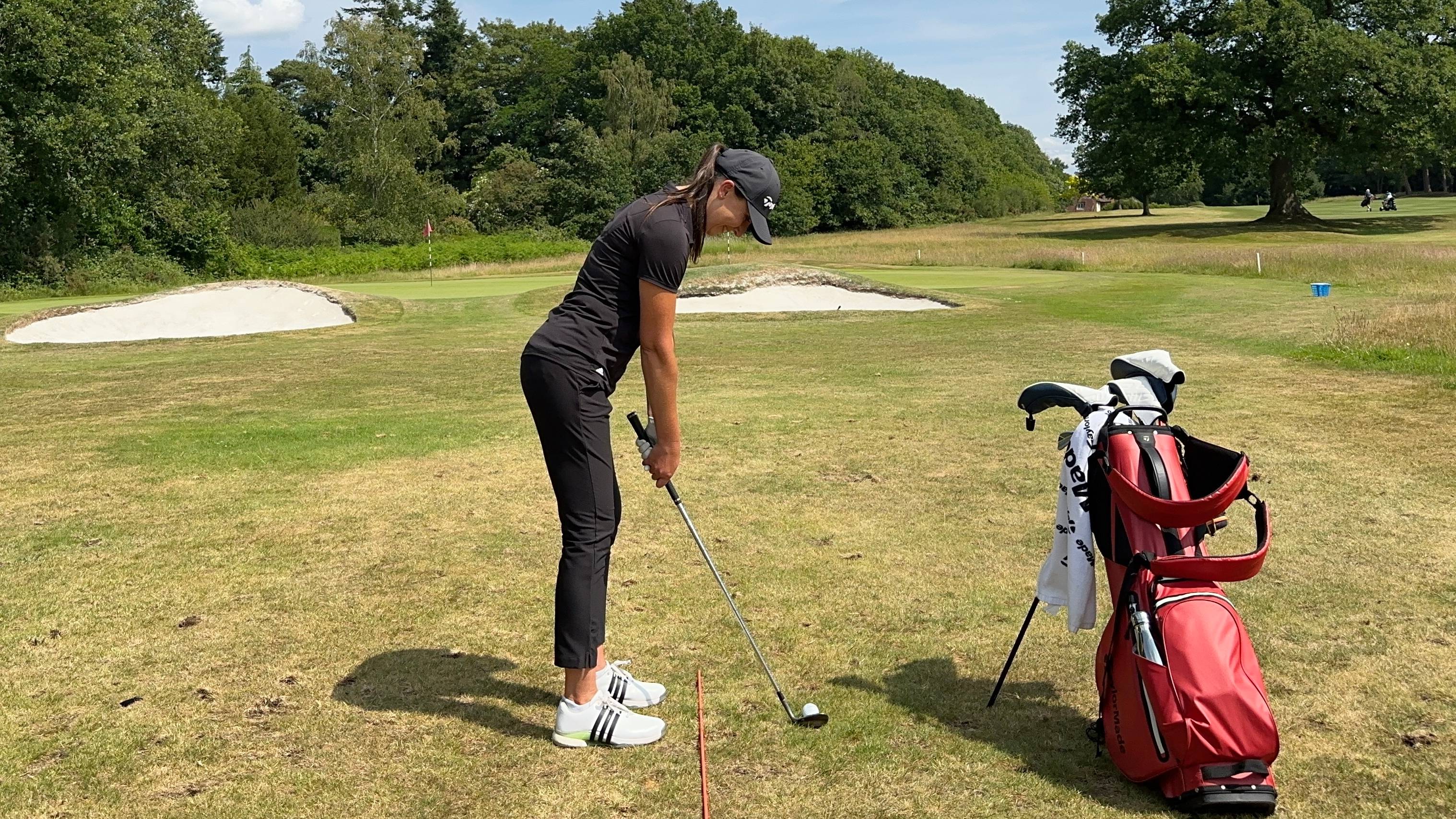
To help me track where I’m losing shots on the course, I’ve created a simple tool called the Shots Lost Scorecard (scroll to the bottom of that page to get a copy).
Subscribe to the Golf Monthly newsletter to stay up to date with all the latest tour news, equipment news, reviews, head-to-heads and buyer’s guides from our team of experienced experts.
After my round, I'll run through the holes where I dropped a shot – those bogey or worse holes and capture where I lost that shot and why. Maybe it was my choice of club into the par-3 or my irons that had a habit of missing the green.
By the end of this process, I can see where I'm leaking the most shots. And prioritise my practice there.
Bring Pressure Into Your Practice
It’s easy to fall into the trap of bashing through balls, without a clear strategy or plan. You get a big bucket and mindlessly work your way through it, reaching for ball after ball, without trying to simulate the situations that you might find yourself with on the course.
This is why I do my best to bring a sense of pressure into my practice. For example, this might be setting specific targets that I’m trying to hit and tracking how many I do. Or replicating shots that I’ve struggled with on the course, like lining up to a left target rather than sticking with straight all the time.
This comes in particularly handy with short game practice, where I’ll give myself challenges, like the Up & Down Game. I’ll hit 3 - 5 balls with the goal of getting as many “up and down” as I can. I’ll use that challenge to work on my chipping as well as longer approach shots and even those greenside bunkers if I’m feeling particularly bold.
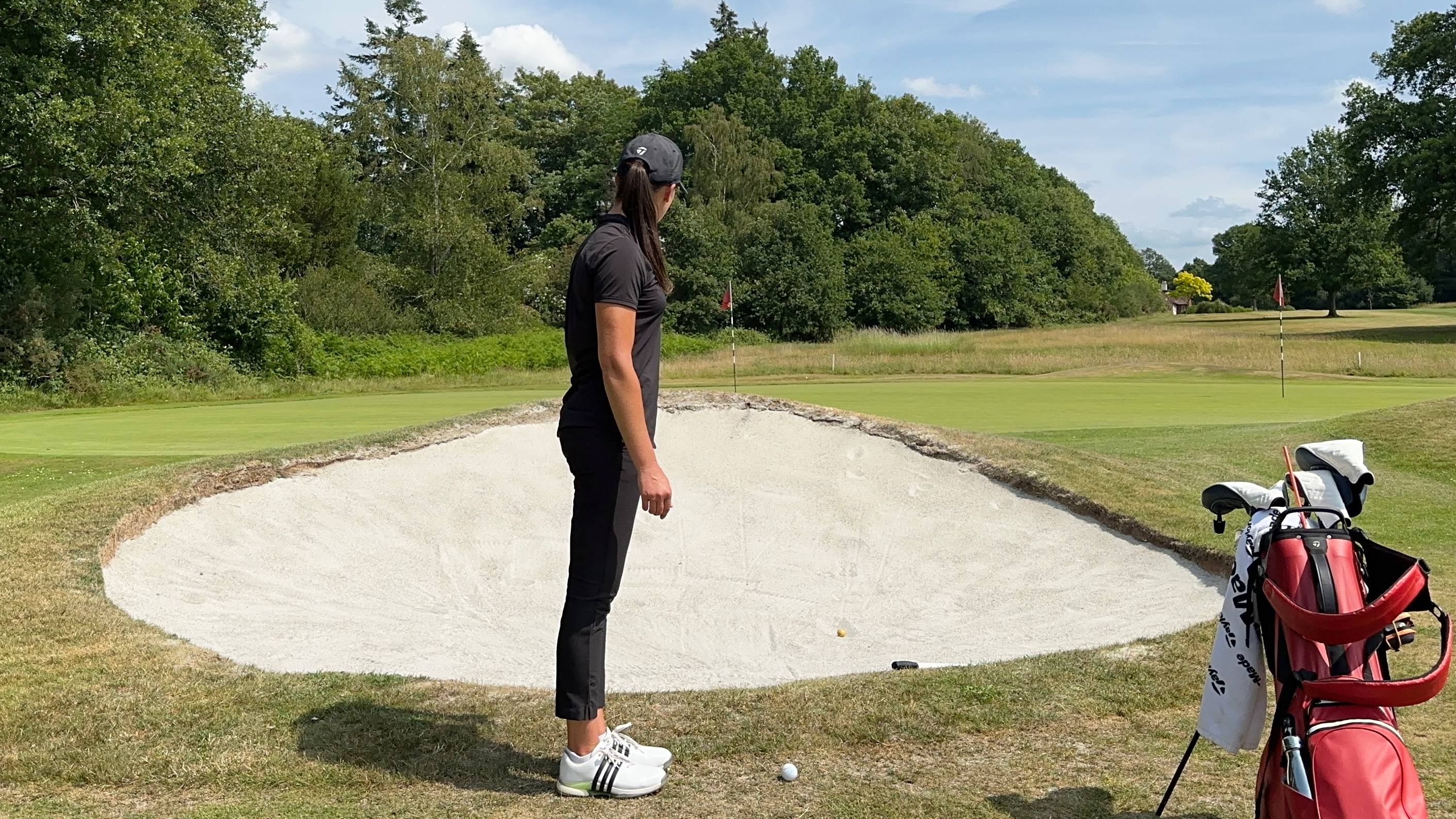
Create A Feedback Loop
Filming my swing has become one of my staple habits when I’m practicing, especially if I’m making a swing change or experimenting with a new feel. Without having that feedback loop, I wouldn’t know if what I think I’m doing is actually coming to life in my swing.
This habit can be an uncomfortable one – either because you’re worried about what people might think or watching your swing back. It can be frustrating too. I’ve had countless moments when I think a change has clicked, only to watch my swing back and realise I’m nowhere near.
But despite that, I’ve stuck to this habit because without it, I wouldn’t know if I’m heading in the right direction or down a completely different rabbit hole.
Stay On Top Of The Simple Things
One of the things that’s easy to overlook when you’re “only” practicing is alignment. And yet, getting our alignment right on the course is crucial – to save us hitting that cracking shot but in the wrong direction.
That’s why, whether I’m hitting 30 yarders or full swings on the range, I’ll put an alignment stick down. I’ll also make sure that I stay on top of my grip and setup – two other things that can quickly slip when we’re making our way through a big bucket of balls.
I’ll also step back between each shot to pick my target and then follow my pre-shot routine. After all, the more we can make our practice like our play, the more those hours on the range will pay off on the course.
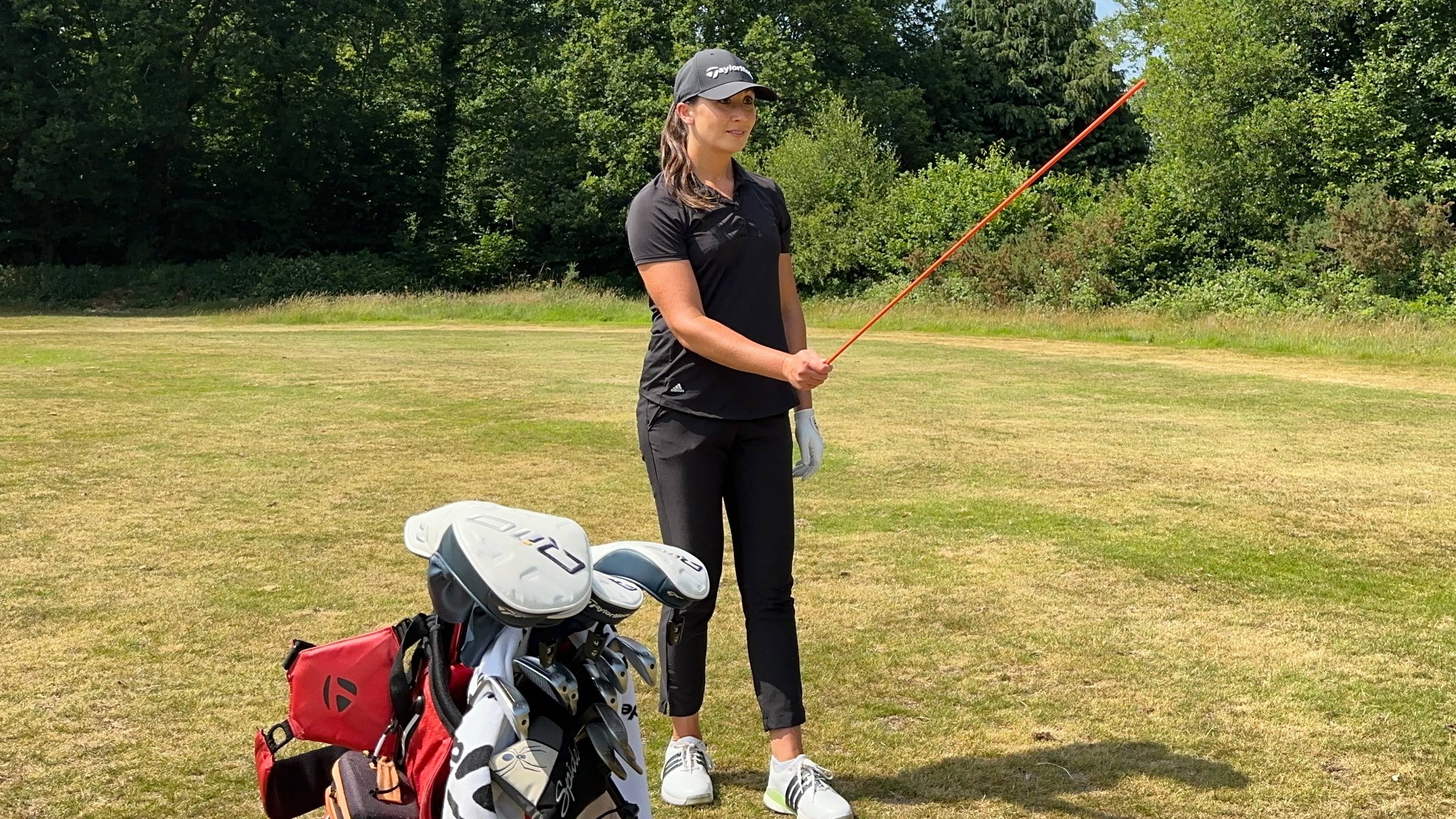
Track What You've Practiced
When you’re grafting away on your game, it can feel disappointing when that work doesn’t always show itself in your scores. Maybe you’ve been focusing on your irons but then your putting deserts you. Or you’ve been strengthening your short game, only to struggle off the tee.
That’s why I’ll make an effort to track what I’ve been practicing. For example, if I’ve been working on my irons, I’ll track my greens in regulation and accuracy to my target. Or if I’ve been working on my putting, I’ll track the number of putts I hit per hole – aiming for a 2 putt or better.
That way, no matter what happens in the bigger picture of my round, I can see how the practice I’m putting into a specific area of my game is progressing. And use that data to dig deeper or move onto the next area that needs work.
Follow Jess on Instagram. And if you’re looking for a personalised plan with targeted drills and built-in support, check out Jess’ 90 Day Plan.
After cutting her handicap from 34 to 9 in a year, Jess Ratcliffe is documenting how she’s working on her game to get really good at golf on her YouTube channel and Instagram.
You must confirm your public display name before commenting
Please logout and then login again, you will then be prompted to enter your display name.
